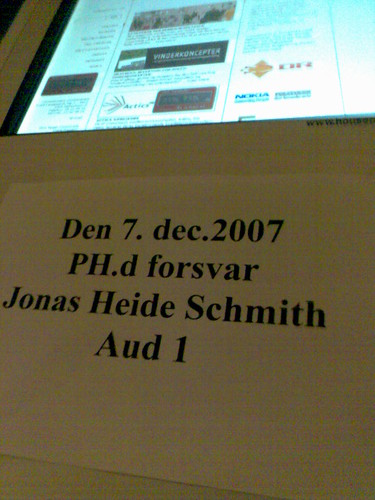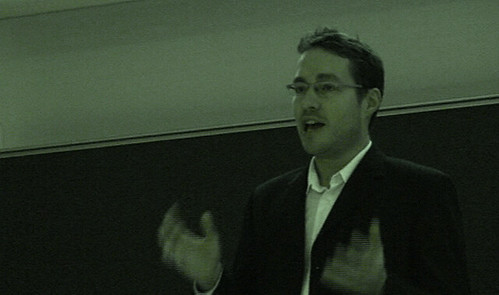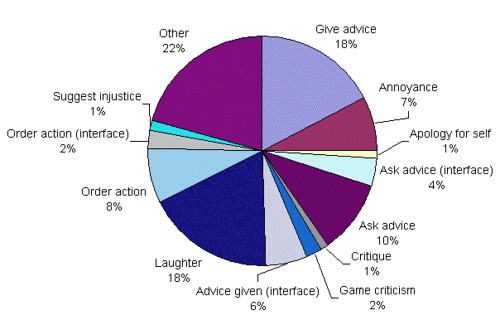Playful Persuasion: The Rhetorical Potential of Advergames, en artikel om computerspil i markedsføringssammenhæng som jeg har skrevet sammen med Sine Nørholm Just, er nu udgivet i tidsskriftet Nordicom Review. Den kan hentes som PDF.
I artiklen præsenterer vi en analytisk model for advergames og applicerer den på udvalgte eksemplarer fra Toms Chokolade, Dansk Retursystem, og Danske Bank.
Artiklens abstract lyder:
The use of video games for advertising purposes is persuasive communication which directly involves the recipient in the construction of an argument. This form is becoming increasingly common, and the present article explores the phenomenon of game-based advertising. We begin by discussing the increased reliance on participatory and digital rhetoric. We then proceed to examine game-based persuasion in light of rhetorical theory, and we propose an analytical model for such games which is applied to three sample games. The analytical model takes into account the degree to which the game makes a self-contained argument, the degree to which the product or service is integrated into the game, and whether the game goal and learning goal overlap. Finally, we discuss perspectives for the integration of communication studies and game studies.
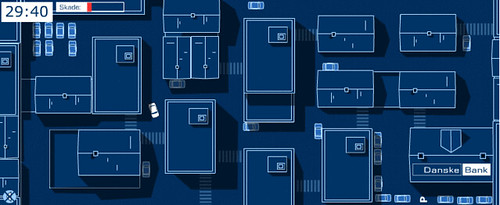

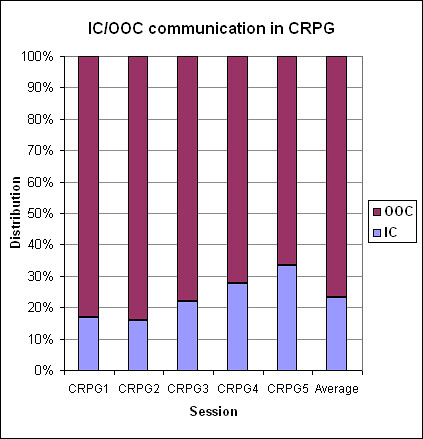
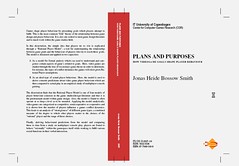
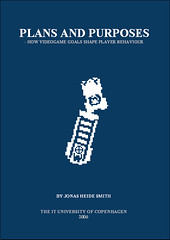 I’ve now uploaded the final version of my dissertation
I’ve now uploaded the final version of my dissertation 

